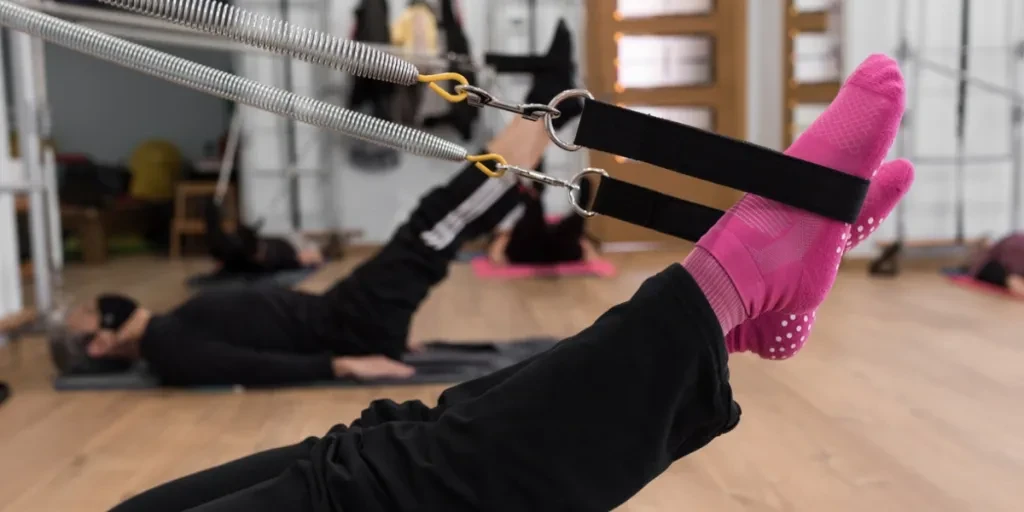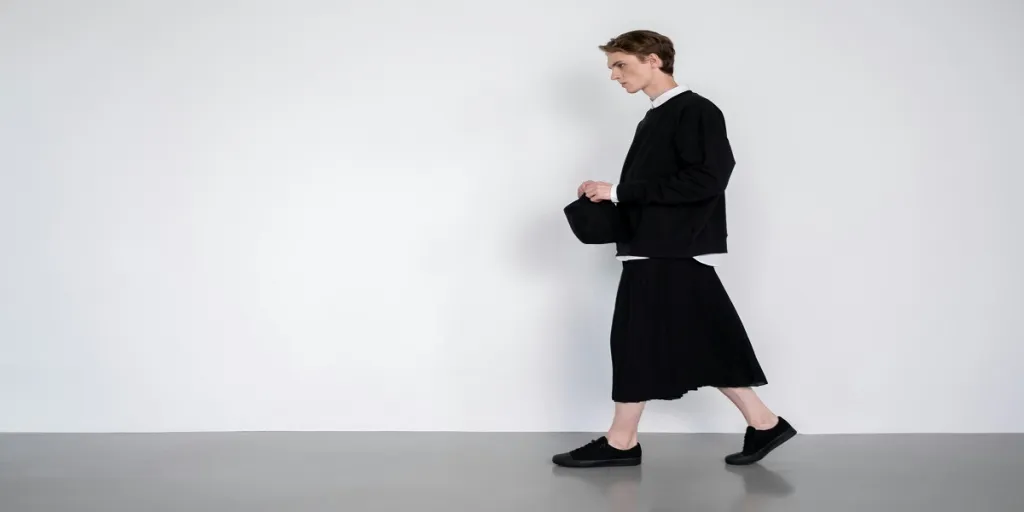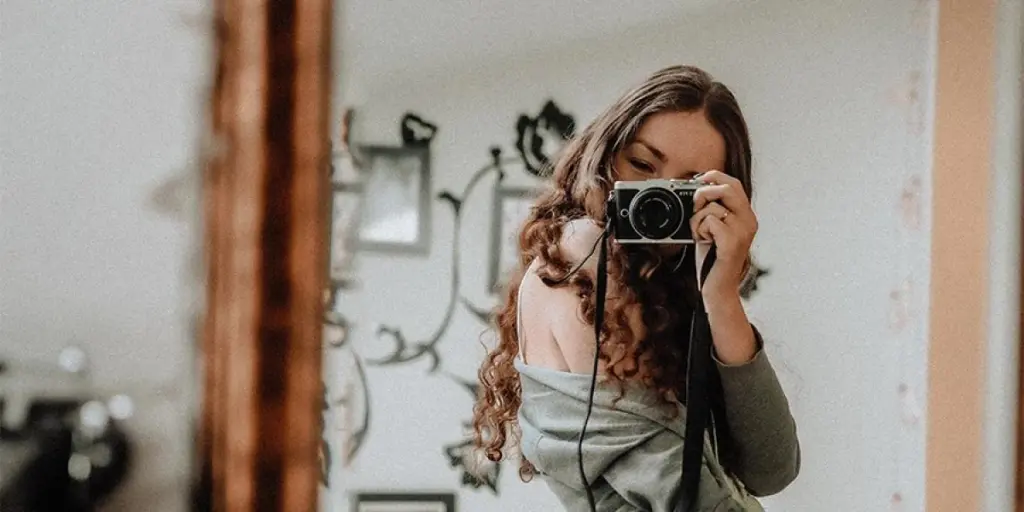Pilates is a popular way for practitioners to build strength, improve flexibility, and better control over their bodies. While techniques, mats, and workout clothes are often the first things newbies to pilates think of when they first start, one small but important detail often gets missed: pilates socks.
The right pair of socks can make a big difference in how comfortable, stable, and confident practitioners feel during their workouts. They help the wearer achieve the traction and support they need to stay steady during tough poses and movements.
This guide is designed to walk retailers through everything they need to offer pilates enthusiasts the perfect pair.
Table of Contents
Why are pilates socks important?
3 factors to consider when choosing which pilates socks to stock
Final thoughts
Why are pilates socks important?
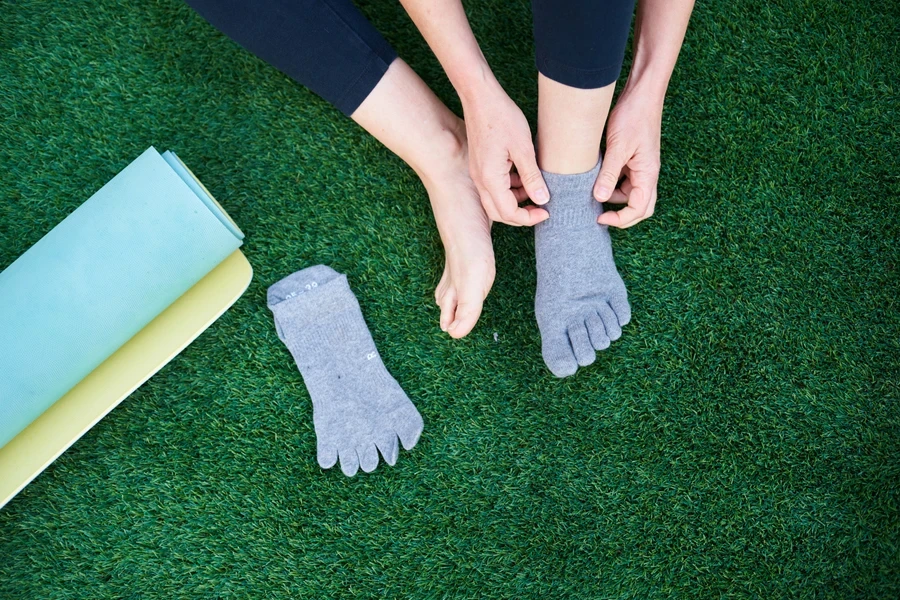
Pilates socks are specialized insomuch as they often come with special grips on the bottom, which helps the wearer to stay steady and balanced. This, and a few other reasons, are why they’re a must-have for anyone who practices pilates. Let’s take a closer look:
1. Staying steady and safe
Pilates is all about controlled movements and balance, which means slipping is the last thing practitioners want to worry about. That’s where grip socks come in. Their special design keeps them steady on a mat, helping users stay safe and confident while they focus on perfecting their moves.
2. Staying clean and fresh
Pilates studios see a lot of feet, and socks help to create a protective layer between their feet and shared surfaces, keeping direct contact with germs and bacteria to a minimum.
3. Staying comfortable throughout
Pilates socks are designed to fit the feet like a glove – snug but not too tight. They offer extra support where consumers need it most, like around the arches, while breathable fabrics keep feet cool and dry. This all adds up to a more enjoyable and focused workout session.
3 factors to consider when choosing which pilates socks to stock
1. Grip quality and material
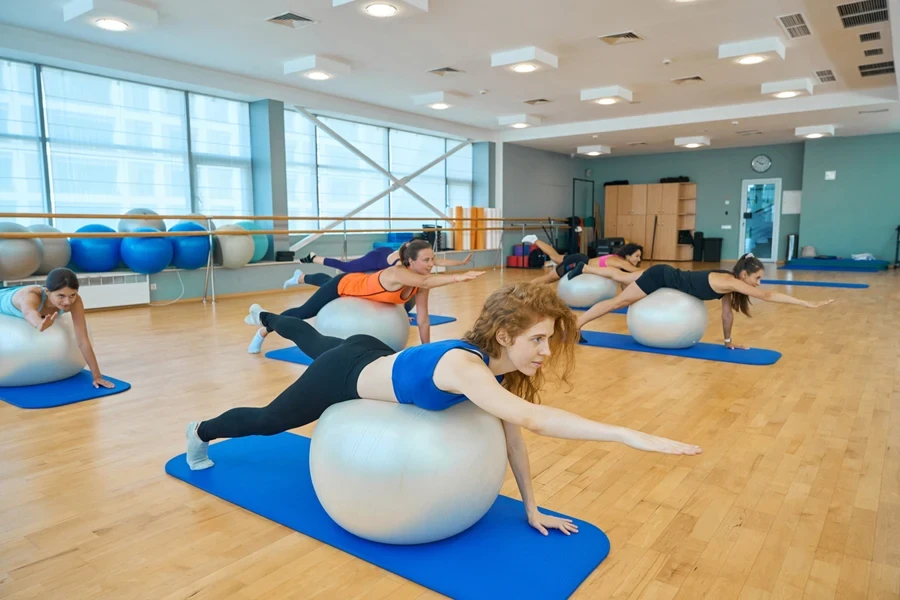
Pilates socks stand out because of their non-slip grip, which comes from tiny rubber dots or patterns underneath the sock. They stop the wearer’s feet from sliding around on unstable floors. But here’s the thing – not all grips are of the same quality.
High-quality grip provides better traction and lasts longer, while low-quality grip can wear out quickly and leave the wearer slipping when they need stability the most. Here are some factors to look out for when considering grip quality and material:
Sock material
Don’t overlook the sock’s fabric. It plays a huge role in how the sock feels and how long it lasts. Consumers will also choose a material based on what specific feel they want. For instance, natural fibers are more breathable and soft, and so are preferred by those looking for something gentle and cool, despite being less durable overall.
For added durability, synthetic socks made from materials (like polyester or nylon) are preferable, offering added stretchiness and impressive moisture-wicking abilities.
Grip coverage
Take a look at the grip’s position on the sock. The best varities feature full-sole coverage, meaning the grip runs across the entire bottom of the foot from heel to toe. This design gives consumers the traction they need to stay balanced and steady, no matter how challenging the movement.
2. Type
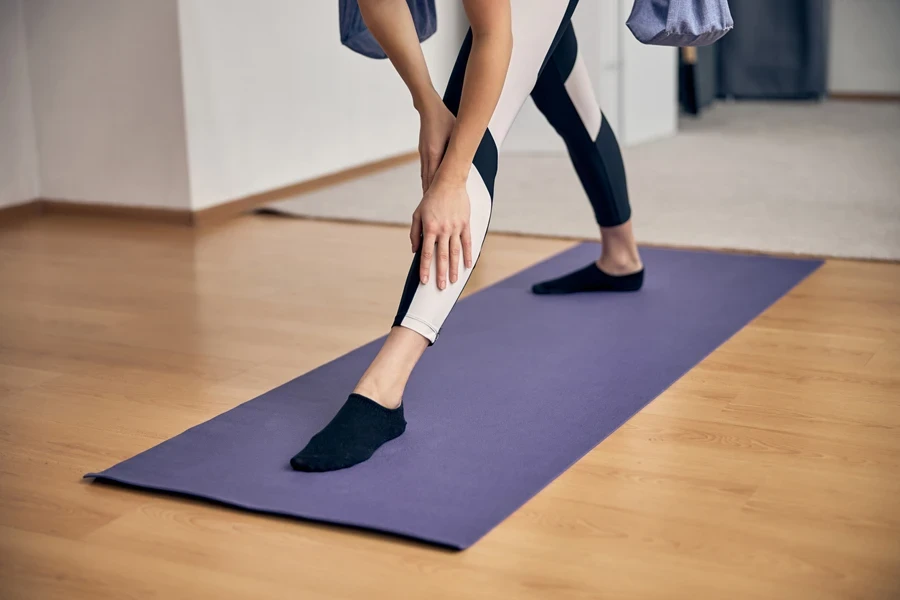
Not all consumers like one particular type of sock. Thankfully, pilates socks come in various styles, so target consumers can choose according to their workout needs. After all, sock type influences how well they perform during exercises. Here are some types to consider:
Full-toe grip socks
Apart from their grippy soles, these socks are similar to regular options. They cover the entire foot, making them the best choice for staying warm and protected, making them better for cooler studios or for those who want that extra bit of hygiene.
Open-toe (half-toe) grip socks
As their name suggests, these socks cover most of the foot but leave the toes free. Why would consumers want these types of socks? Well, their open-toe design creates a barefoot feel, which means a better connection to the ground. This can provide additional flex while moving, especially for wearers who want a more natural grip on the mat.
Ankle-length socks
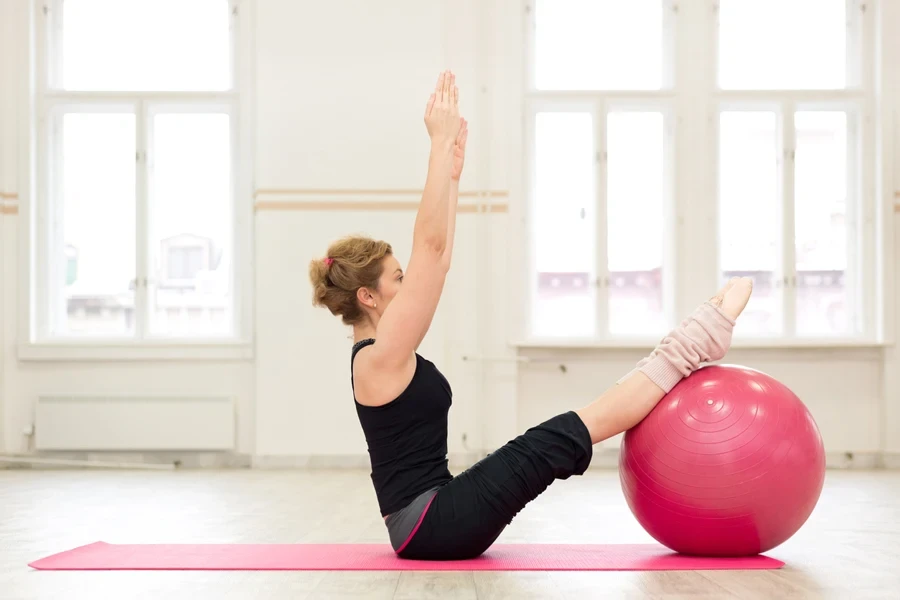
Ankle-length socks are the go-to for many pilates lovers. Sitting comfortably above the ankle, they provide enough coverage without adding bulk, making them lightweight and easy to wear.
Crew-length socks
If consumers want maximum coverage, crew-length socks are likely the way to go. Their design reaches higher up the calf, making them cozier for chilly studios, so there’s no need to sacrifice grip or comfort.
Low-cut socks
Businesses can also offer low-cut socks, which are super light and breathable, making them the best bet for warm studios.
3. Fit and comfort
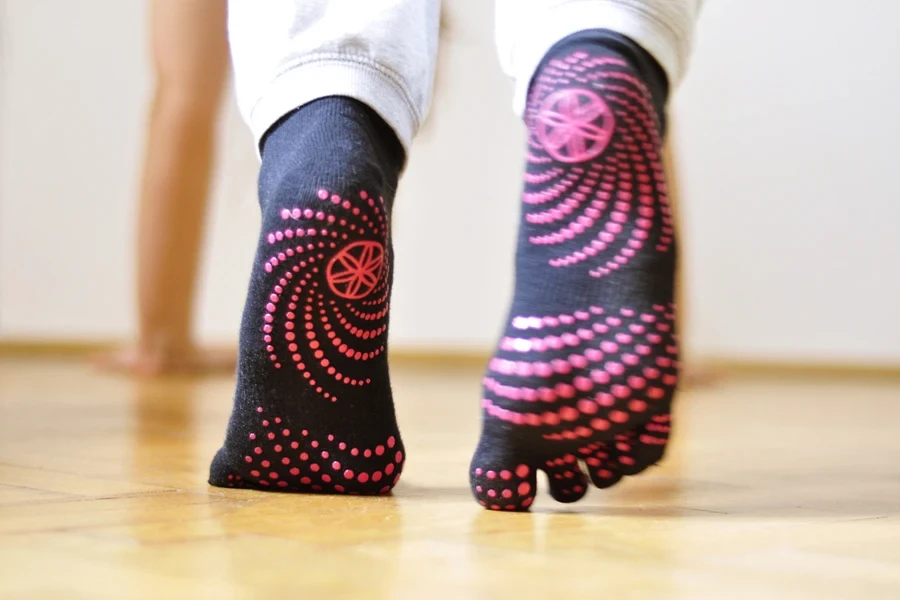
How important can socks really be? The answer is a very! Wearers need a snug, well-fitting sock for their pilates session; otherwise, they may slide and cause instability – which can be especially dangerous during an activity like pilates.
Here are some other factors to consider when it comes to fit:
Snug and secure fit
Pilates socks should be secure enough to stay in place without squeezing too tight. Ideally, they should also provide some compression around the arch, giving the wearer extra support as they work out.
Elastic bands or cuffs
Nobody wants socks that constantly fall down. That’s where pilates socks with elastic bands or ribbed cuffs come in. These small details reduce the amount of time wearers must fuss and readjust their socks during workouts.
Breathability and moisture-wicking properties
No matter whether they’re natural or synthetic, socks should have some breathability and moisture-wicking abilities such as via breathable mesh panels or other moisture-wicking designs. These features help pull sweat away from the skin and let air circulate, keeping feet cool and comfortable throughout.
Extra comfort with padding
Pilates involves spending a lot of time on the floor, so socks with added cushioning can be a lifesaver. The extra sole padding gives socks a soft, comfortable feel and helps protect feet, especially during more taxing positions.
Final thoughts
Choosing the right pilates socks comes down to what works best for consumers. Do they want the best grip, the coziest fit, or socks that are sure to last? Paying attention to these features can help you ensure that you offer the perfect pair, helping to keep consumers steady, safe, and comfortable.
